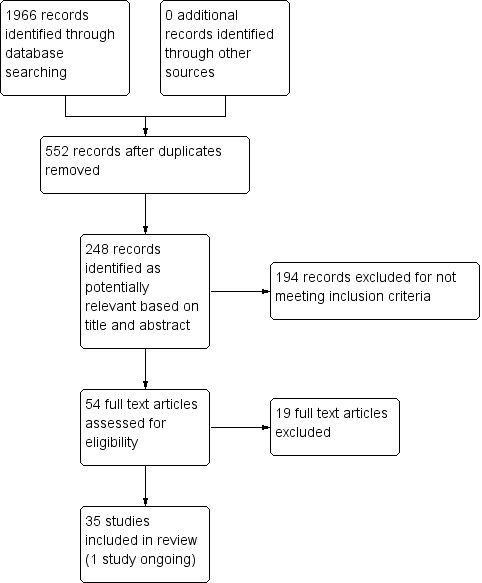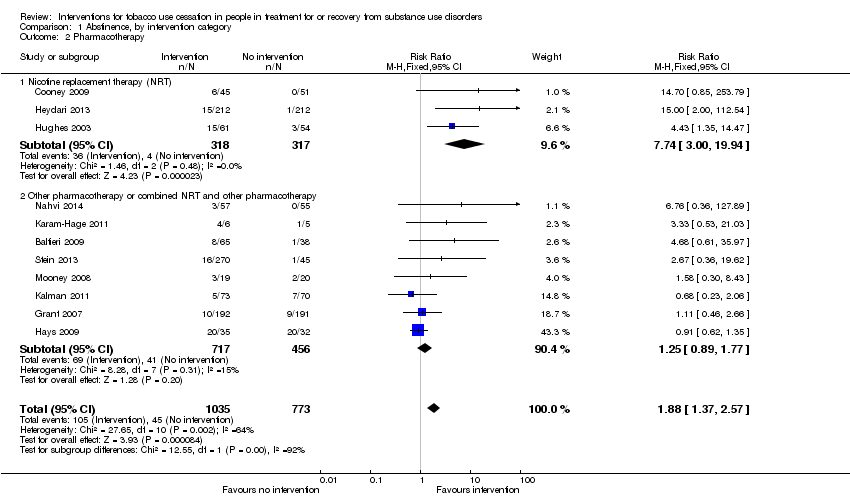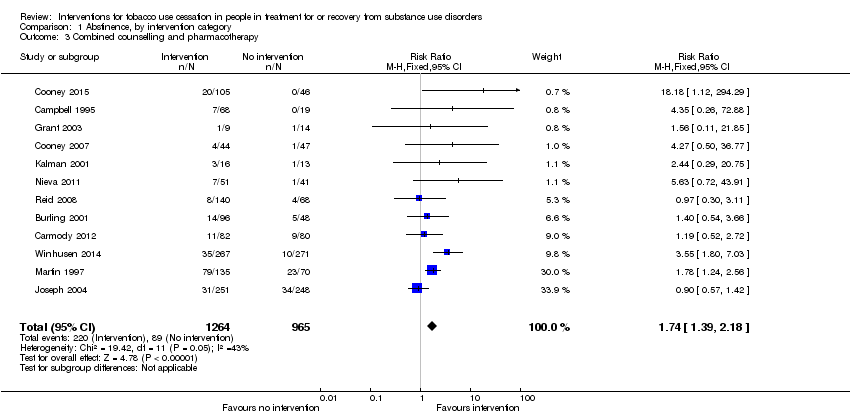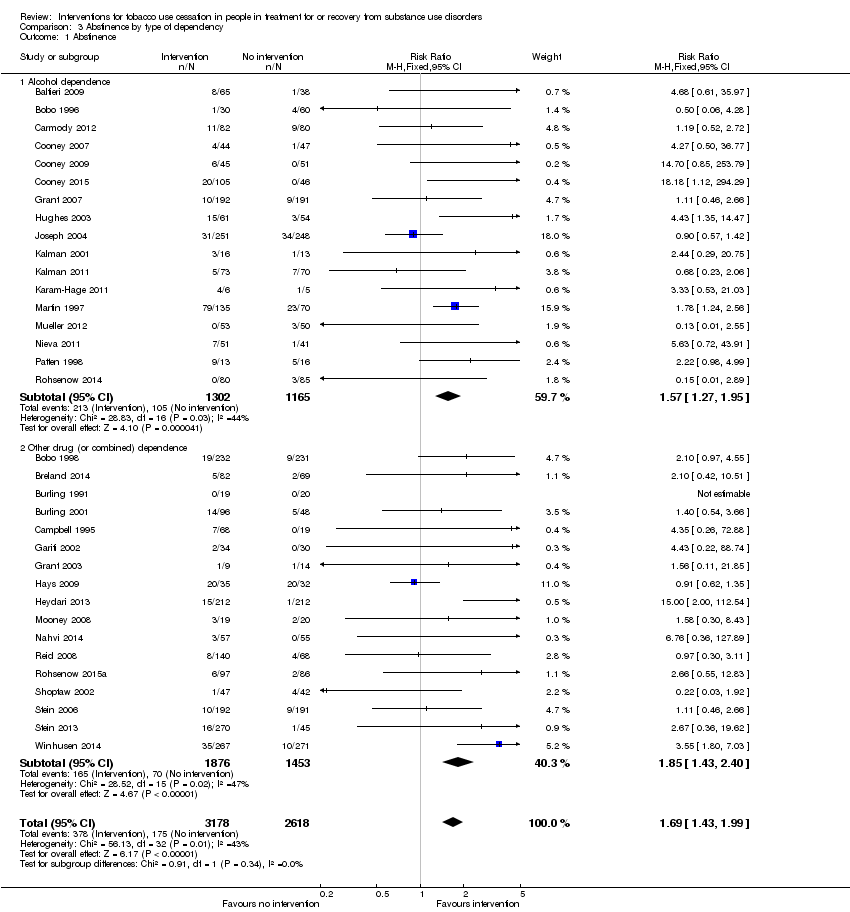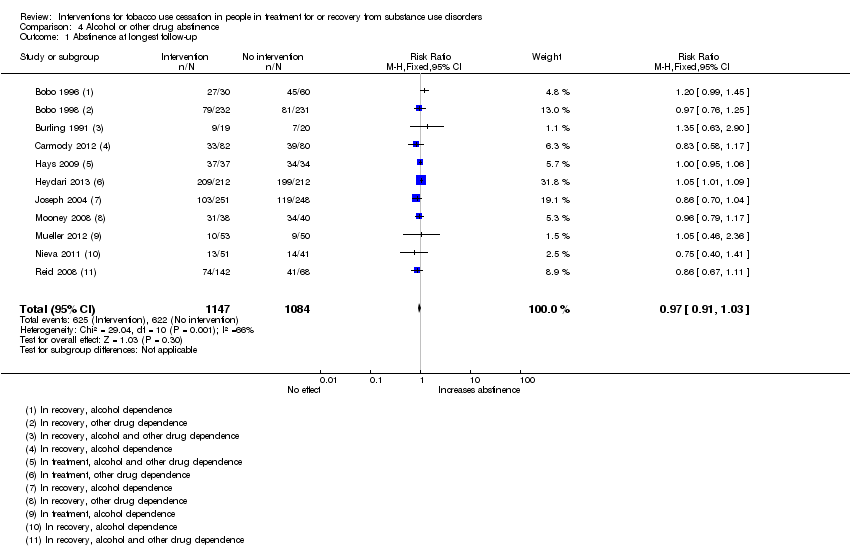Contenido relacionado
Revisiones y protocolos relacionados
Lindsay F Stead, Priya Koilpillai, Thomas R Fanshawe, Tim Lancaster | 24 marzo 2016
Kate Cahill, Tim Lancaster | 26 febrero 2014
Dennis Thomas, Michael J Abramson, Billie Bonevski, Johnson George | 10 febrero 2017
Adrian R White, Hagen Rampes, Jian Ping Liu, Lindsay F Stead, John Campbell | 23 enero 2014
Nicola Lindson, Elias Klemperer, Bosun Hong, José M Ordóñez‐Mena, Paul Aveyard | 30 septiembre 2019
Kristin V Carson‐Chahhoud, Jonathan Livingstone‐Banks, Kelsey J Sharrad, Zoe Kopsaftis, Malcolm P Brinn, Rachada To‐A‐Nan, Christine M Bond | 31 octubre 2019
Thomas R Fanshawe, William Halliwell, Nicola Lindson, Paul Aveyard, Jonathan Livingstone‐Banks, Jamie Hartmann‐Boyce | 17 noviembre 2017
Jonathan Livingstone‐Banks, Emma Norris, Jamie Hartmann‐Boyce, Robert West, Martin Jarvis, Emma Chubb, Peter Hajek | 28 octubre 2019
Taghrid Asfar, Jonathan Livingstone-Banks, Kenneth D Ward, Thomas Eissenberg, Olusanya Oluwole, Zoran Bursac, Tarek Ghaddar, Wasim Maziak | 7 junio 2023
Regina M van der Meer, Marc C Willemsen, Filip Smit, Pim Cuijpers | 21 agosto 2013

